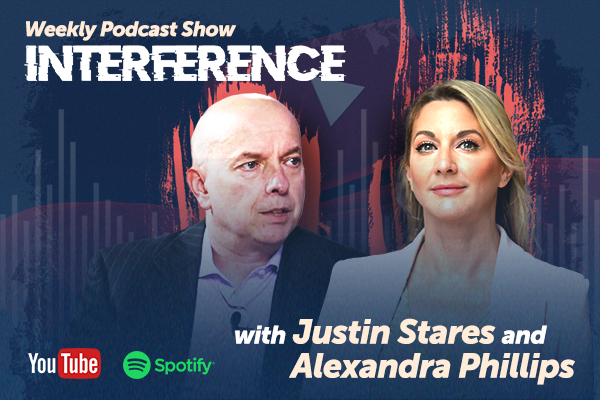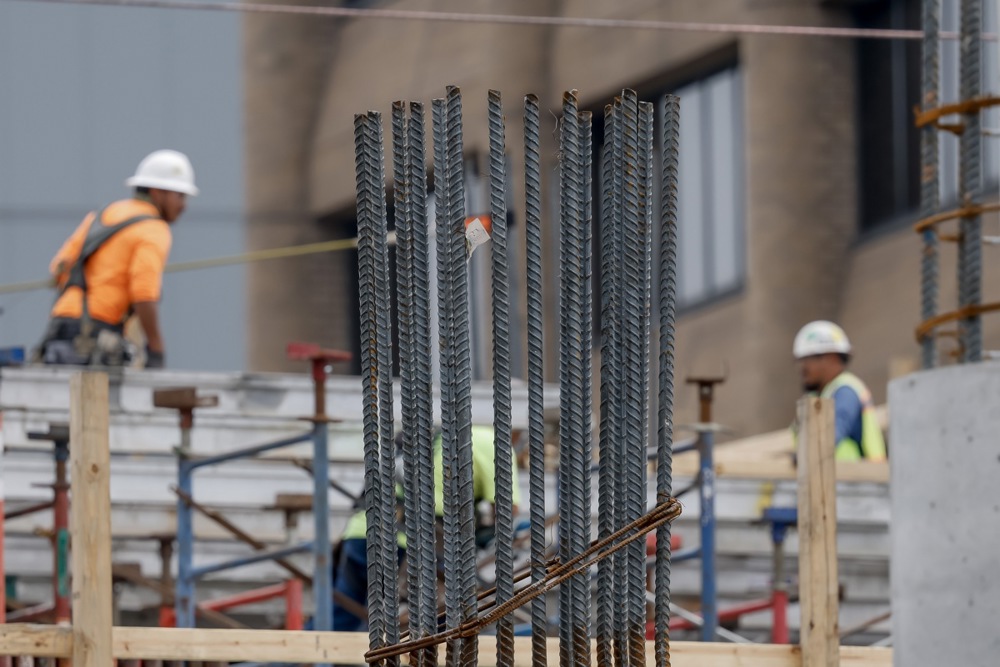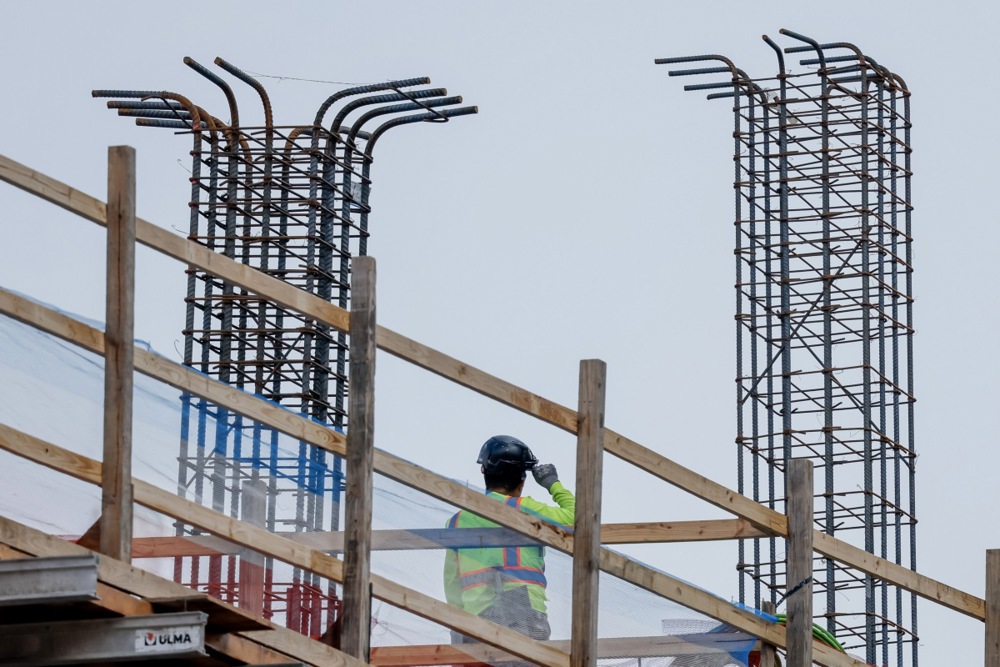The European Union has announced a series of tariffs on steel coming from Asian countries, after the industry has been asking for support for months.
The problems the industry faces at home, though, such as weak demand and high energy prices, are not addressed by the import restrictions.
Morten Bødskov, Denmark’s industry minister and chair of the EU Competitiveness Council, said at a conference at the European Parliament in Brussels today: “We need to be more competitive, not only tariffs but also state aid, to counter massive state aid coming from China.”
On September 26, the European Commission announced new anti-dumping duties on steel from Turkey, Japan and Vietnam. The levies, ranging from about 13 per cent to more than 30 per cent, are aimed at imports that Brussels says were being sold below cost.
A separate plan is in the works for China. The EC is preparing tariffs of 25 per cent to 50 per cent on Chinese steel and related products in response to what EU officials called heavy subsidisation by Beijing.
These measures may shield producers from cheaper imports but they do not fix the deeper problems weighing on the industry, experts say.
Eurofer, the European steelmakers’ association, has warned that weak demand, high costs and uncertainty over US tariffs are dragging the market down.
Outokumpu, a Nordic stainless steel producer, urged Brussels to introduce “efficient safeguards” to give companies space to invest. In addition, 11 EU countries — among them Austria, France, Italy and Poland — signed a paper calling for tariff-rate quotas to be cut by up to half, to push import levels back to where they were a decade ago.
The new restrictions also come at a time when import volumes have barely changed.
In the first half of 2025, the EU imported 18.7 million tonnes of steel, almost unchanged from the 18.9 million tonnes in the same period of 2024. Imports still account for about 20 per cent to 25 per cent of EU consumption for flat products, such as steel sheets, and 10 per cent to 13 per cent for long products, such as rails and bars.
According to Andrii Glushchenko of the GMK Center think tank, the real problem is prices. EU producers already face higher energy and climate costs than rivals abroad.
Kimmo Järvinen, head of European affairs at SSAB, a Nordic and US-based steelmaker, told Brussels Signal today: “Traditional trade defence instruments don’t solve the bigger problem of structural overcapacity, because the overcapacity is global.”
Anti-dumping and anti-subsidy cases are also slow to enforce and easily sidestepped by rerouting goods. The EU’s own Steel Action Plan shows how much capacity has already been lost. Since 2008, Europe has shut down about 26 million tonnes worth of steel production. Another 9 million tonnes worth was shuttered in 2024 alone. The industry has already lost one in four jobs, and another 8,000 to 13,000 workers are now at risk.
Meanwhile, global excess capacity keeps growing, forecast to exceed 700 million tonnes by 2027.
For Europe’s steelmakers, this glut compounds the problems at home. Eurofer says demand remains weak, while producers are squeezed by higher energy prices than abroad.
Outokumpu warns that, without safeguards, the cost of decarbonisation and rising electricity bills will drive investment elsewhere.
Industry voices argue that tariffs may offer short-term relief — but without tackling high energy costs, weak demand and underinvestment in new technology, Europe risks seeing more plants close while rivals expand.
The challenge is not just demand and overcapacity. Europe’s own single market still has barriers that make trade within the EU unnecessarily costly.
“We have to strengthen the single market. It has too many internal barriers. The IMF says 45 per cent tariffs on goods, 110 per cent tariffs on services,” said Bødskov, whose country currently holds the rotating EU Council presidency, meaning it can decide what is on the agenda for EU countries to discuss in priority.
“Forget about the US, Europe has already put tariffs on itself,” he added, quoting former ECB president Mario Draghi’s warning that the EU lacks both public and private investment in key sectors.
“We don’t need more legislation,” said the Danish minister. “We just need member states to make the needed investments.”
The contrast with the US is sharp. There, producers are adding 8 million to 9 million tonnes of new capacity, helped by lower energy prices, subsidies, a “Buy American” policy, and a recently doubled 50 per cent tariff on imported steel.
US government adviser Peter Navarro described the move as a way to protect $20 billion (€17.2 billion) of domestic investment and secure capacity for defence, energy and infrastructure.





